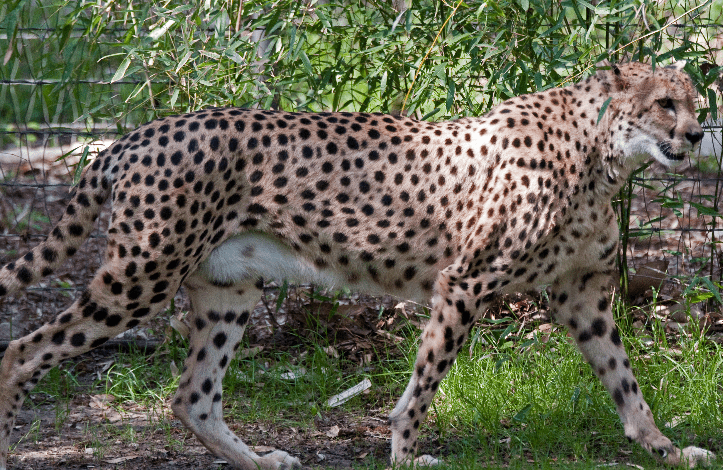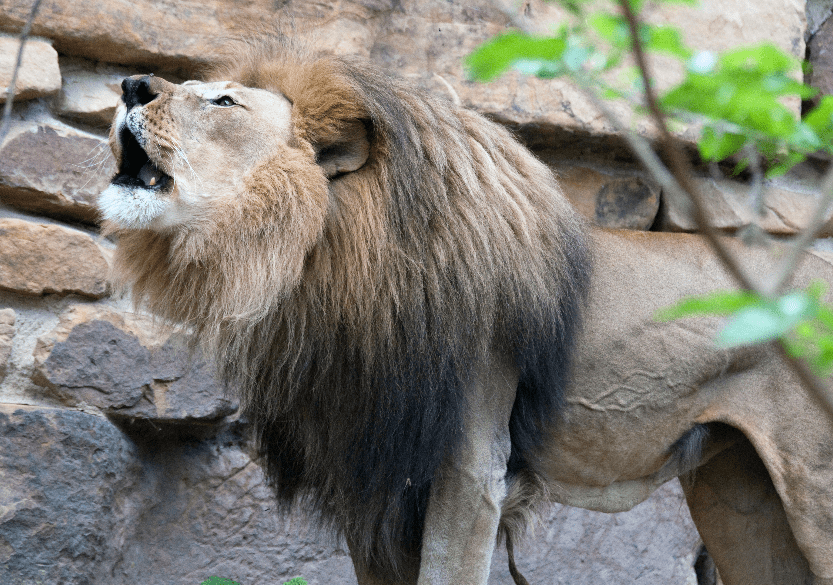The Fort Worth Zo was founded in 1909, making it the oldest continuous zoo in Texas. When it first opened, the zoo had two bear cubs, one lion, a few rabbits, an alligator, and a coyote. During the zoo’s first ten years, its collection of animals grew, and they added beavers, monkeys, cinnamon bears, prairie dogs, and a pair of panthers. From there, the zoo flourished and grew into a nationally ranked zoo. In this article, we will know more about this legendary zoo in Texas and the animals you can see there.
History
The zoo opened in 1909, and up until 1991, it was operated and owned by the City of Fort Worth. During the city’s supervision, there was a long-standing tradition where they collected money from the community in order to expand the collections of animals in the zoo. The Zoological Society, now known as the Fort Worth Zoological Association, was created in 1939. It is a nonprofit organization aiming to help raise additional money for the zoo to buy more animals.
In 1991, the Fort Worth Zoo noticed that they have been getting decreased support from the city. During that time, the zoo also demanded the city to help them replace outdated animal housing and help them with the declines in attendance. That is why the Zoological Society decided to assume the management of the zoo’s everyday operations. Since 1991, the Zoological Society raised over $185 million from foundations, private companies, and corporations to renovate the zoo and create more exhibits.
The following year, the zoo had a grand reopening where they unveiled two new exhibits, namely the Asian Falls and World of Primates. They also added several improvements all over the zoo, which increased the number of visitors to approximately 1 million in a fiscal year. That was almost double the number of visitors the zoo had the previous year, and they have managed to maintain it ever since. It was also during that year when the zoo opened 16 more permanent exhibits along with support facilities. The management of the Zoological Society celebrated the zoo’s tenth year of improvement by adding another show called Texas Wild! Which features seven exotic exhibits in an 8-acre facility.
Aside from the new exhibits, the zoo also had substantial improvements such as handicap accessibility that passed the ADA standards, shade structures, restrooms, food outlets, animal areas, walkways, picnic areas, and exhibit space. That is why the Fort Worth Zoo is one of the most popular attractions in the Dallas Fort Worth area. It was even named as the 5th zoo in the United States by the USA Travel Guide magazine.
What To See at the Fort Worth Zoo
The Fort Worth Zoo currently houses a total of 542 species. It is home to 112 species that belong in the Association of Zoos and Aquarium Species Survival Plan. Aside from that, it is also the home of about 68 threatened and endangered species on the state. As of writing, the zoo’s animal collection has 160 invertebrates and fish.
The Fort Worth Zoo takes care of 72 species of mammals such as bonobos, gorillas, orangutans, and chimpanzees. It is the only zoo in Texas that houses bonobos. Fort Worth Zoo is one of the five zoos in the world that displays two of the five known rhino species in captivity: the greater one-horned and greater Asian rhinos.
The zoo is also home to 148 species of birds. It is home to the most successful breeding colony of lesser flamingos in the whole world. It is also one of the United States’ zoos to house the endangered Harpy eagle and African crowned eagle. Aside from that, the Fort Worth zoo is one of the few facilities in the United States to house the endangered and rare Storm’s storks.
Lastly, the Fort Worth Zoo is home to the most extensive collection of reptiles in the nation. It leads the international conservation effort to save Jamaican iguana, which is the most endangered lizard in the world. Taking care of these ectotherms also means that the zoo has a state-of-the-art reptile complex. From 1971, the Fort Worth Zoo has managed to reproduce about 180 species of reptiles and amphibians.



